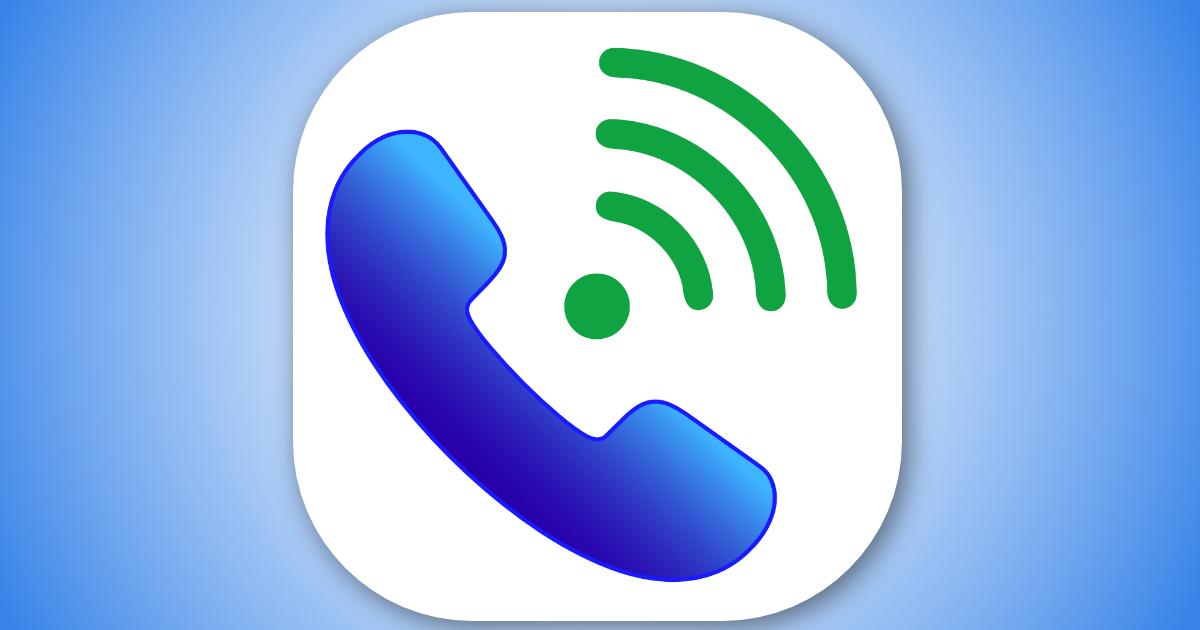RabbitRadio
Newbie
- Joined
- May 20, 2025
- Messages
- 4
- Reaction score
- 4
I'm waiting to take my tests and studying. In the meantime I have some questions about doing long range voice/data. One of the main reasons why I want to transmit instead of just listening is so I can make contact with HAMs on the other side of the world to practice speaking a second language. I know there are many HAMs active in the country I'm trying to reach because it's a fairly active hobby over there. I have several contacts I've met through groups on the internet that wish to practice their language skills and a lot of them claim to be HAMs or are interested in starting.
I'm trying to figure out what the best set-up for this would be. What kind of antenna and radio I should be looking into buying/building soon and how often I'll be able to reach that far with it. There are multiple mountain ranges and a massive ocean between myself and where that country is located. Plus I'm not in the best location locally to reach out or receive transmissions from the local repeaters I listen to regularly. If I'm away from home driving around things are better but where my home is located I'm in a bit of a valley between two mountains. The only saving grave is I can build pretty much whatever I want because I'm in a very rural area. The only limiting factor is money.
Right now I just have a cheap second hand HT. I can listen to one local repeater with it when I'm at home. But hearing things like the nearest NOAA station is hit and miss depending on time of day. I don't have anything that can do anything outside of VHF/UHF right now so I'm not sure how much better things would be on HF. To make matters even worse my home and all my other outbuildings have tin roofs. But even if I go outside things don't seem to improve that much as far as listening goes.
Can anyone give me a basic run down on what is required to reach my goals and how much I should plan on budgeting for this? I know it's a learning process. I'm trying to hunt down information on my own but some pointers would be helpful. Searching on my own has been a bit of an information overload and a lot of what I've read assume I've already been operating a station for awhile. I would like to eventually have a set-up at home where I can listen to more local stuff on VHF/UHF but also the ability to hear stuff from further out on HF and have them hear me.
The locals I've talked to that run the local repeater don't seem to do much but VHF/UHF. One of them has been pretty friendly but he's busy and I don't want to bother him with my basic questions.
Edit: I should have mentioned this at the start; My goal is to regularly reach Japan and SEA from the the eastern slopes of the Appalachian Mountains.
I'm trying to figure out what the best set-up for this would be. What kind of antenna and radio I should be looking into buying/building soon and how often I'll be able to reach that far with it. There are multiple mountain ranges and a massive ocean between myself and where that country is located. Plus I'm not in the best location locally to reach out or receive transmissions from the local repeaters I listen to regularly. If I'm away from home driving around things are better but where my home is located I'm in a bit of a valley between two mountains. The only saving grave is I can build pretty much whatever I want because I'm in a very rural area. The only limiting factor is money.
Right now I just have a cheap second hand HT. I can listen to one local repeater with it when I'm at home. But hearing things like the nearest NOAA station is hit and miss depending on time of day. I don't have anything that can do anything outside of VHF/UHF right now so I'm not sure how much better things would be on HF. To make matters even worse my home and all my other outbuildings have tin roofs. But even if I go outside things don't seem to improve that much as far as listening goes.
Can anyone give me a basic run down on what is required to reach my goals and how much I should plan on budgeting for this? I know it's a learning process. I'm trying to hunt down information on my own but some pointers would be helpful. Searching on my own has been a bit of an information overload and a lot of what I've read assume I've already been operating a station for awhile. I would like to eventually have a set-up at home where I can listen to more local stuff on VHF/UHF but also the ability to hear stuff from further out on HF and have them hear me.
The locals I've talked to that run the local repeater don't seem to do much but VHF/UHF. One of them has been pretty friendly but he's busy and I don't want to bother him with my basic questions.
Edit: I should have mentioned this at the start; My goal is to regularly reach Japan and SEA from the the eastern slopes of the Appalachian Mountains.
Last edited:





